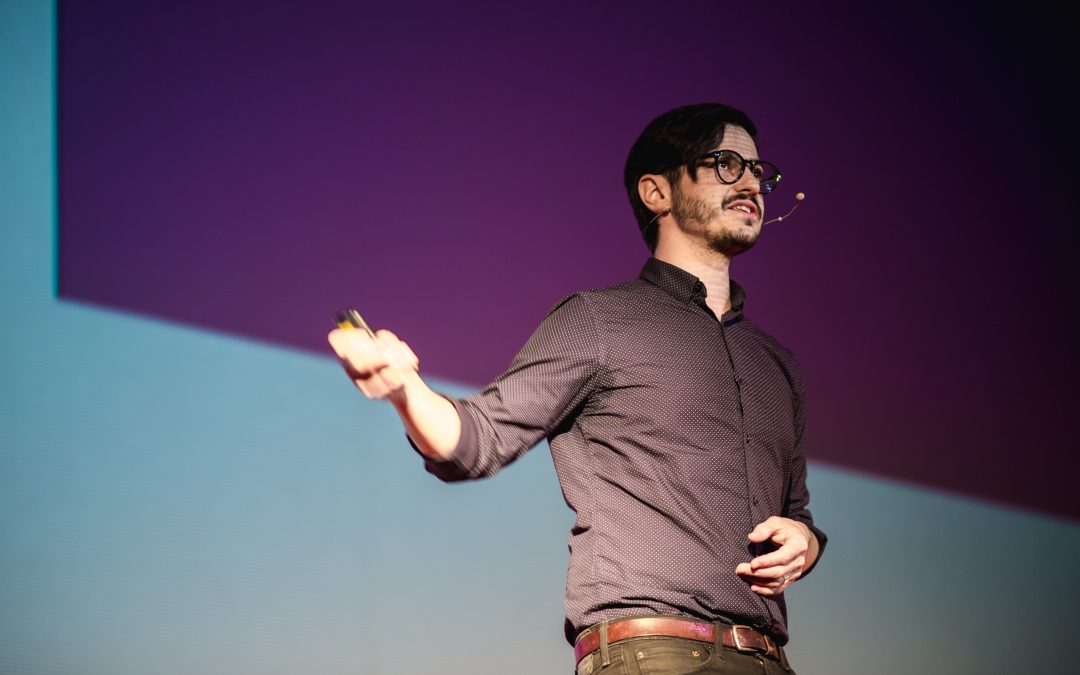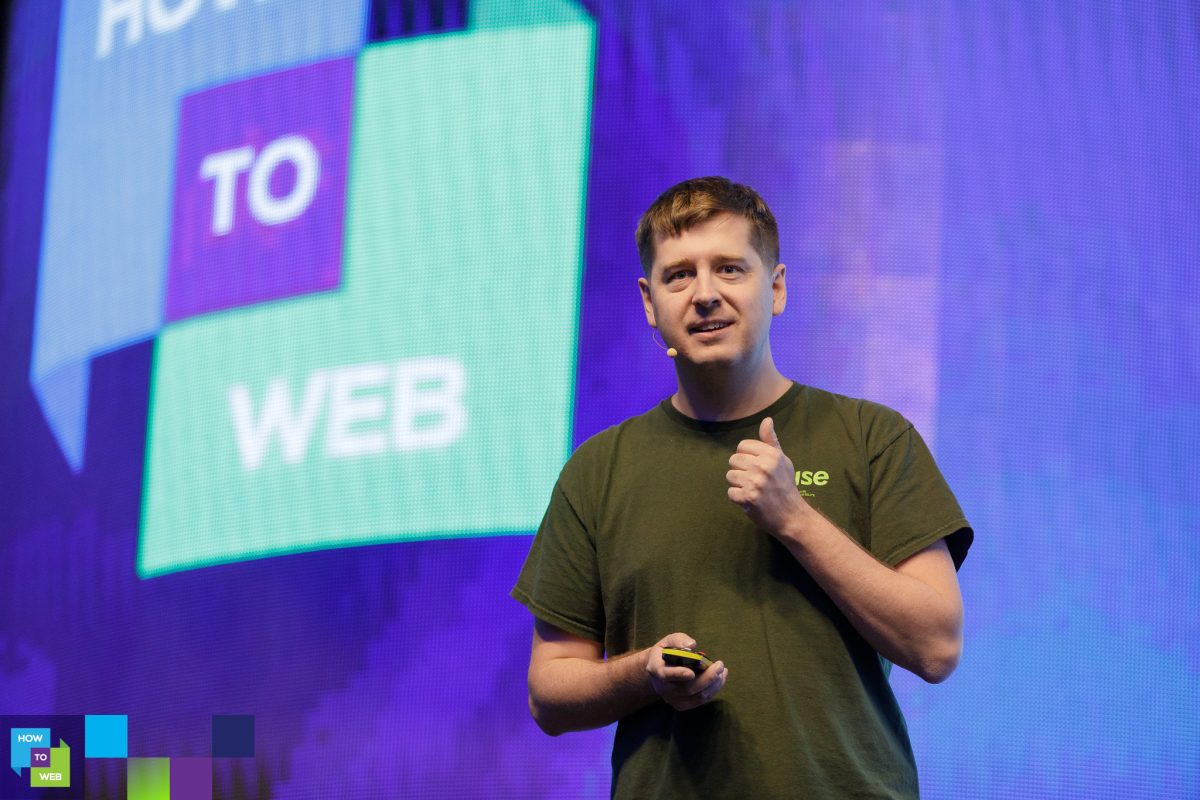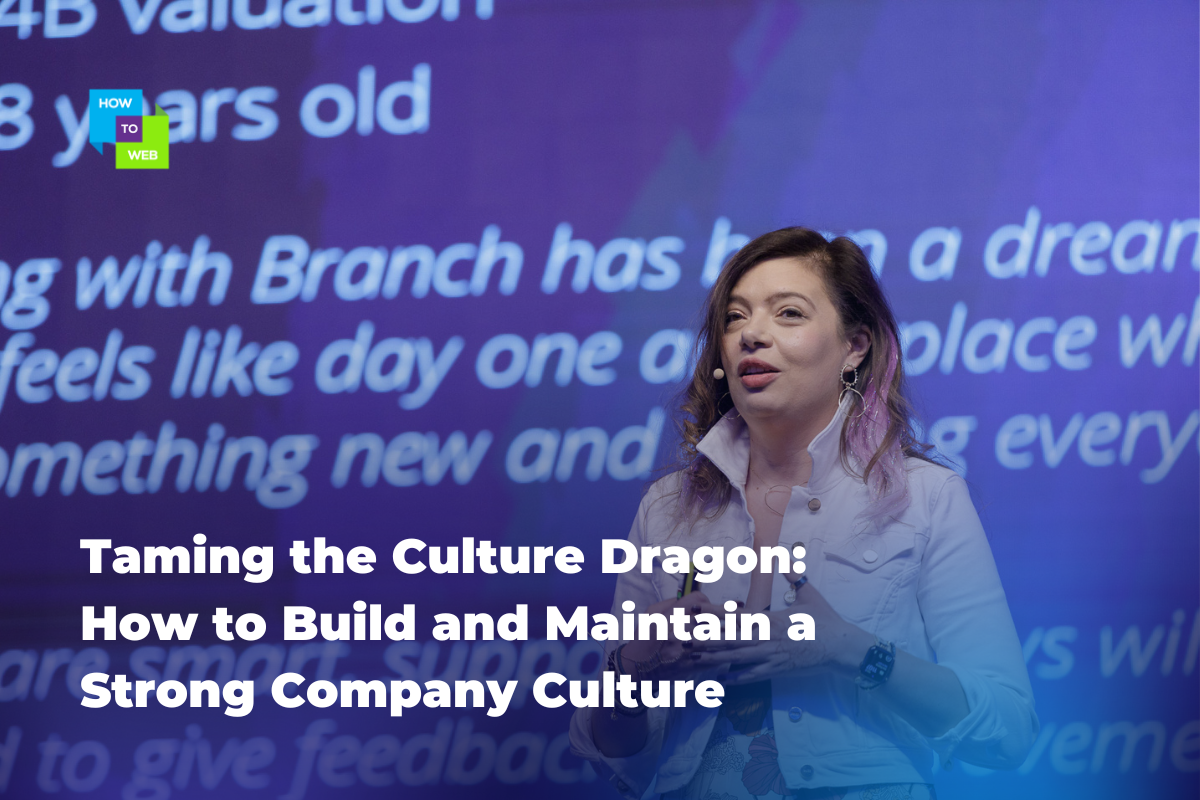
TypingDNA, a Romanian born startup and TechStars NY alumni, is one of the most exciting players in the typing biometrics space, with one of the most accurate and easy to use technologies available today. The two-factor authentication (2FA) market rose to an estimated value of 10 billion dollars in just five short years and is projected to increase further as 2FA adoption is on the rise. This is fueled by the fact that cyber attacks are getting bigger and smarter every day, and, at the moment, 98% of online user accounts are only protected with passwords, a single security layer.
TypingDNA comes in with an easy to implement, passive additional layer of protection that can make our virtual exploring safer. And this is just one of the areas they see their technology being used in. Join us as we find out more about how they came to be, what are they up to now and what’s the vision going forward from Raul Popa, CEO of TypingDNA.
Q1: Is TypingDNA your first startup? Are there other projects you were involved in previously? Have you ever been employed in the classical sense of the word?
No, TypingDNA is not my first startup, I was involved in a few projects in the last 15 years, some bootstrapped, for some I handled the product management side, and I co-founded two other start-up projects. TypingDNA is the third startup I’m the co-founder of. I began as a freelance programmer and then started working for a web agency in Oradea.
I quickly started managing a significant part of what was going on in the agency. Some of the projects I was involved in or co-founded in the following years were born there. Among them I would mention BannerSnack, an entirely bootstrapped project that i started, that caters to some 3 million users, Fortune 500 companies among them. This little company only employs a few tens of Romanians from Oradea but rakes in a few millions of dollars in revenue.
Another worthy mention would be FlashEff.com a flash component used by 500.000 flash developers out of a total of 2 million, making it the most widely used 3rd party flash components ever.
I think I always had the spirit of an entrepreneur.
TypingDNA grew from a seed, planted almost 15 years ago when I learned that you could tell a lot about someone by analyzing their handwriting. I found that very interesting at the time and thought that it might be possible to do something similar to the way we type. Some years later, I stumbled upon some interesting research projects that confirmed my initial thought about typing. They were early stage, small sample size, university research projects, nothing resembling a commercial application value, but I decided to start a side project in this area.
I didn’t think about building a business around this and was thinking about open sourcing the idea, right around the time I came to MVP Academy.
It so happens that two of my friends, who are now co-founders of TypingDNA, encouraged me a great deal at that moment, and supported me in turning it into a business. Both Cristian Tamas (who also did some research on the marketing side of things) and Adrian Gheara were crucial in turning this into something of real business value.
Q2: Can you tell us more about the product? How long was the iteration process from idea to market fit? What makes it stand out from the other solutions in the market?
We started with developing a minimum viable product (MVP), a proof of concept that showed the technology is sound. Once we had that, we started iterating on it, and we launched a public prototype of our solution at the end of 2016, in the form of an API that developers could use to match, identify and record typing patterns. The demands from potential customers were revolving around a possibility to apply our technology to very short samples, like emails and passwords, and we worked on that intensely until we got it to work as intended. At the same time, after our first public API, we kept developing the other sides of the business, presentation, marketing, product pricing. All this process took us around a year, and at the end of it, we had something we could sell a real commercial product, that could be used efficiently on hundreds of thousands of users.
We stand out from the crowd because we offer a solution that is very easy to integrate compared to others in the space. We built a B2D (business-to-developer) solution, an API, which can be easily integrated into any project, by anyone. It can be self-serviced, it’s easily accessible, you don’t have to schedule meetings with us, you can pay for it on our website.
Also, arguably the most important advantage is that the technology works very well. It’s one of the most accurate solutions on the market at the moment. This was confirmed by live tests performed by our first client.
It works with just one or two samples, as opposed to around ten with other solutions, so it’s quicker and gives less hassle to the user.
Something else that stands out from our competition is the fact you can demo it, which is very rare in this market space – I think there’s only one more solution that allows demos.
Q3: Was it difficult getting your first paying customer? How hard is getting customers in the biometric market? How did people react to the technology at first?
Our first paying customer was ProctorU. They are the biggest proctoring company in the world, working with top universities like Harvard and MIT, and they check students that take exams remotely, to prevent cheating or shadowing.
They were interested in the technology, they have tried to develop something themselves which wasn’t that accurate, and they checked out one of our competitors and us, and we proved to be more precise.
We already thought we’re the best solution on the market and we did not hide that, we told them that based on the information we had, our product is better than what the competition has to offer. They wanted to test our mettle, we happily agreed, they performed some extensive tests and concluded we were not wrong.
First customers are always more difficult to get onboard. There’s a lot of reservation in being the first to try new technology. We had months of talks with banks and other big clients that said: “Come back when you have someone using it intensely, and you can show us it really works in a live production scenario.” They were reserved too, but they were willing to test it.
It’s important to get a first client that’s willing to test your newly developed technology. It’s especially valuable if they’re widely known, and in the e-learning space, they’re one of the best-known players. We practically got to the biggest ones, they were willing to test it, and we got our first paying client.
Q4: What did the Techstars moment mean, for TypingDNA? Was there a culture barrier between you and US founders? What did you learn from it that you would consider crucial?
We applied to Techstars at the suggestion of one of our angel investors who is a Techstars alumnus. He convinced us that it would help in getting a better grip on the US market, and the experience was immensely valuable to us.
We didn’t feel significant cultural differences between the other entrepreneurs there and us. I think Alex Iskold from Techstars NYC has a sharp eye for picking great founders. All the founders of the program were exceptional in my opinion.
A thing I believe is crucial is don’t complain – real entrepreneurs don’t complain too much. It’s tough, very tough, but real entrepreneurs don’t care. Only those who dare win.
Q5: How would you compare the entrepreneurial ecosystem in Romania and Europe to the one in the US? What are the key differences you identified between the two? Would you rate one as better than the other, and if so what are the takeaways here? And were is Typing DNA’s journey leading you?
What I love in the US, in the discussions with investors, for example, is that they’re founder centric. They’re mostly interested in the qualities that founders bring to the table towards making that startup successful. They value this above how good the idea is or how the metrics stand. At a seed level, no one here pays the amount of attention to metrics that European investors do.
They approach talks about company vision early in the process, which I think is genius. They want to understand how far you see, where do you see the company in 3, 5, 7 years in terms of growth potential, potential acquisitions. They want to know if you thought it through from that vantage point, if you see the big picture, the role of your startup in the grand scheme of things. I believe that’s very valuable and the better approach.
They also want to see the expertise of the founders in that specific area, that’s very important for them, and serial founders with experience and proven success in more than one area are all the more valuable, from that regard.
In contrast, in Europe, the discussions circle around MRR, number of customers, how much money you’re making from them, and are, generally, money-centric. You have money talks in the US also, but typically at a seed level you mainly talk about how big you can get, generally speaking, and what milestones you need to hit to get there, what are your goals – they’re very goal oriented.
So, for example, you’ll respond with: “My goal is to hit 100K a month in revenue and after that start raising Series A” and that is perfectly reasonable here. In Romania\Europe it goes something like “What’s your financial model?” and you show it to them, and they get bogged down in some numbers, without considering the underlying context or circumstances. That seems overly perfectionist and detail oriented to me, and I think it causes European investors to lose valuable businesses. Done is better than perfect.
We’re getting a lot of interest from large enterprise customers, banks, tech companies and also startups. There are so many use cases that our technology touches and it’s really tough to say “no” to so many directions we could go in. We want to grow and have a significant impact. We have a plan that involves being very focused for the next period, and making sure typing biometrics technology is used as 2FA by more and more apps. Our goal is to make 2FA seamless and change the way we authenticate today.
You may also like
How to Web Conference 2024: Global Expertise and Opportunities Between October 2-3
TypingDNA, a Romanian born startup and TechStars NY alumni, is one of the most exciting players in the typing biometrics space, with one of the most accurate and easy to use technologies available today. The two-factor authentication (2FA) market rose to an estimated value of 10 billion dollars in just five short years and is projected to… Read more »
Taming the Culture Dragon: How to Build and Maintain a Strong Company Culture
TypingDNA, a Romanian born startup and TechStars NY alumni, is one of the most exciting players in the typing biometrics space, with one of the most accurate and easy to use technologies available today. The two-factor authentication (2FA) market rose to an estimated value of 10 billion dollars in just five short years and is projected to… Read more »


